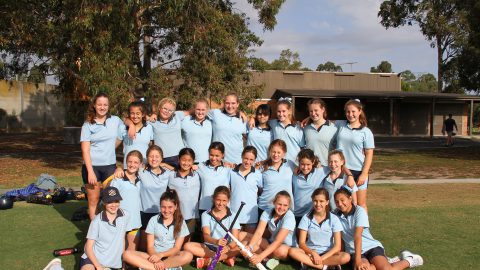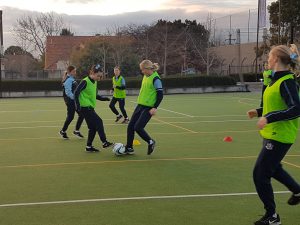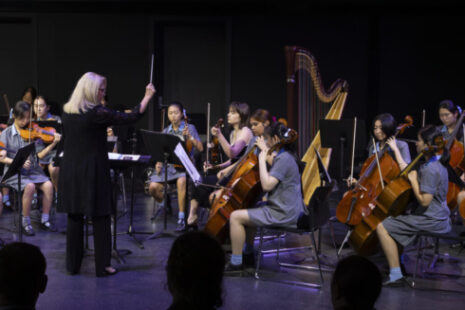The Rise of Women’s Sport

We are in the most exciting time that women’s sport has ever seen, with participation in professional and community based sports growing at unheralded rates.
The health benefits of regular participation in general physical activity are widely reported, however, the specific benefits of participation in team based sports are often overlooked. Eime et al. (2013) found participation in sport to be associated with greater overall health benefits than involvement in individual based physical activity. This was closely linked to the psychological and psychosocial benefits that come from involvement in a team environment. Improvements in self-esteem, enhanced social skills and fewer depressive symptoms are among the numerous benefits that are additional to those in the physical category. These psychosocial enhancements have also been linked to advantages in the work setting, with women who have experience in team sports more adept at dealing with the social structure of the work environment.
The typical trend sees females increase their participation in competitive and club/school based sport during early adolescence followed by a significant decrease in late adolescence. This change from structured sport to non-organised physical activity may have an effect on the social and psychological health of young women (Eime et al., 2014). Barriers to sustained participation in sport amongst adolescent women include a shortage of female only sporting teams as well as a lack of female role models in professional sport and a deficiency in athlete pathways (Adriaanse & Crosswhite, 2008). While I grew up playing AFL and trying my best to be the next Robert Harvey or Nathan Buckley, these same dreams were harder to conceptualise for the young sportswomen of that time.
The rapid rise and media coverage of women’s professional sport over the past two years has made these dreams a possibility for the current St Catherine’s students and young women in our community. Likewise, opportunities to compete in dedicated female sporting teams are more accessible and sustained participation in sport is growing in several traditional sports that were once male dominated.
Cricket:
- Since the inaugural Women’s Big Bash League started in the summer of 2015, Cricket Australia has reported a 9% increase in female participation.
- Females now make up one quarter of participants across Australia with 315,000 women competing in 581 teams.
Soccer:
- The Football Federation of Australia has noted an 8% increase in female involvement in the past year with women accounting for 22% of all participants.
- St Catherine’s Years 7 & 8 students have appreciated the benefits of the push to engage females in soccer, with the South Melbourne Football Club providing expert coaching to our teams.
Rugby Union:
- Rugby Union Australia recorded a 33% increase in female Rugby 7’s participation since the Australian team won gold at the 2016 Rio Olympics.
AFL:
- The AFL recorded the greatest growth in female participation.
- In 2016, 354 new female teams were registered, an increase of 56% from 2015.
- A 19% increase in overall participation by women was seen with females accounting for 27% of all competitors.
- Over 400 women attended AFL Combine Testing prior to the AFLW competition and the AFL has committed to the Youth Girls National Championships to provide pathways for aspiring athletes.
- St Catherine’s saw its own ‘footy boom’ in Term 2 with over 40 students playing in the GSV competition. Over 90 AFL teams were entered in the GSV competition across the 24 member schools.
We are indeed in exciting times for women’s sport and as a community, will continue to encourage sustained participation in team sports. The pathways are building to allow female athletes to achieve their potential and have dreams of success on the big stage.





